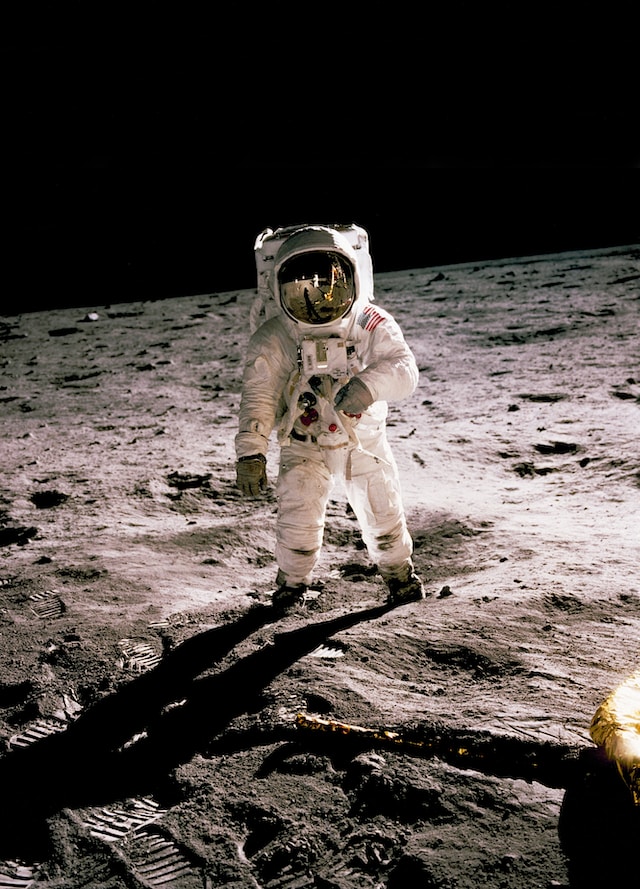In the realm of space exploration, a thrilling race is currently underway, and the finish line lies not in a distant galaxy but rather at a place we can see from our own backyard—the Moon’s south pole. Space agencies around the world are engaged in a passionate pursuit of exploration and discovery, driven by a shared objective: unraveling the mysteries of the lunar south pole. In this article, we delve into the reasons behind this frenetic competition and explore the significance of this lunar region in the quest for knowledge and resources beyond Earth.
The Enigmatic Appeal of the Moon’s South Pole
For centuries, the Moon has captivated human imagination. Its silvery glow and intricate craters have sparked curiosity, leading to countless scientific advancements and groundbreaking missions. However, the Moon’s south pole has gained exceptional attention in recent years due to its intriguing characteristics. This region, shrouded in darkness and characterized by frigid temperatures, is believed to hold secrets that could reshape our understanding of the cosmos and fuel our journey to the stars.
1. Lunar Resources: A Wealth of Possibilities
One of the primary driving forces behind the race to the Moon’s south pole is the potential abundance of valuable resources hidden beneath its surface. Scientists believe that water ice—a crucial ingredient for supporting future lunar exploration and enabling deep space travel—may exist in permanently shadowed regions near the pole. Water is not only essential for sustaining astronauts but can also be converted into hydrogen and oxygen, which serve as propellants for rockets. This discovery could revolutionize our approach to space travel, making it more sustainable and cost-effective.
2. A Springboard for Future Missions
Space agencies like NASA and others have grand visions of venturing beyond the Moon and exploring distant planets, including Mars. The Moon’s south pole acts as a strategic launching point for these ambitious missions. Its low gravity and proximity to the lunar surface offer a unique environment for testing and perfecting technologies that will be crucial for deep space exploration. By establishing a sustainable presence at the south pole, agencies can refine their equipment, gain valuable experience, and mitigate potential risks before embarking on longer journeys to other celestial bodies.
3. Unlocking Cosmic History
The Moon is a silent witness to the evolution of our solar system. Its untouched craters and surfaces carry records of billions of years of cosmic history, offering scientists an invaluable opportunity to learn about the formation of planets, asteroids, and comets. The south pole’s craters, untouched by direct sunlight, could harbor pristine samples of ancient cosmic material, providing insights into the early stages of the solar system and the origins of life on Earth.
4. International Collaboration and Competition
The race to the Moon’s south pole is not just a competition; it’s also a showcase of international collaboration. Various space agencies, including NASA, ESA, Roscosmos, CNSA, and more, are pooling their expertise, resources, and technology to unlock the Moon’s secrets. This global cooperation signifies a shared commitment to advancing human knowledge and exploration beyond our planet.
Conclusion
As we gaze at the Moon, its south pole stands as a promising frontier, brimming with potential and possibilities. The frenzied race among space agencies to conquer this uncharted territory is a testament to humanity’s unrelenting curiosity and determination to push the boundaries of what’s possible. Whether it’s tapping into precious resources, preparing for interplanetary travel, or unveiling the mysteries of our cosmic history, the journey to the Moon’s south pole marks a pivotal chapter in our ongoing quest to explore, discover, and evolve in the grand theater of space.












